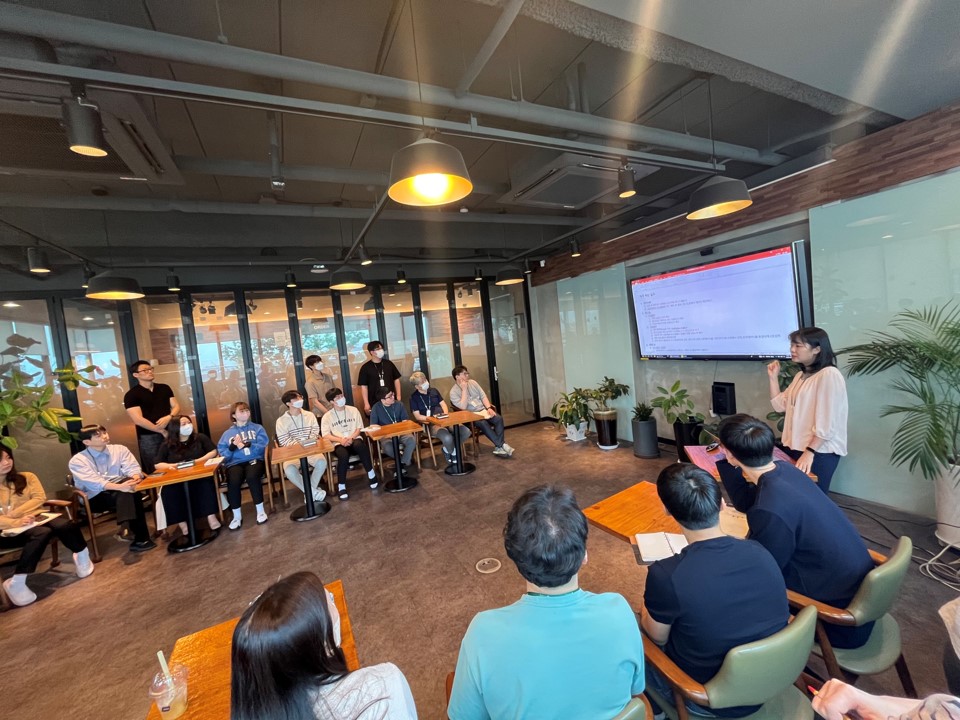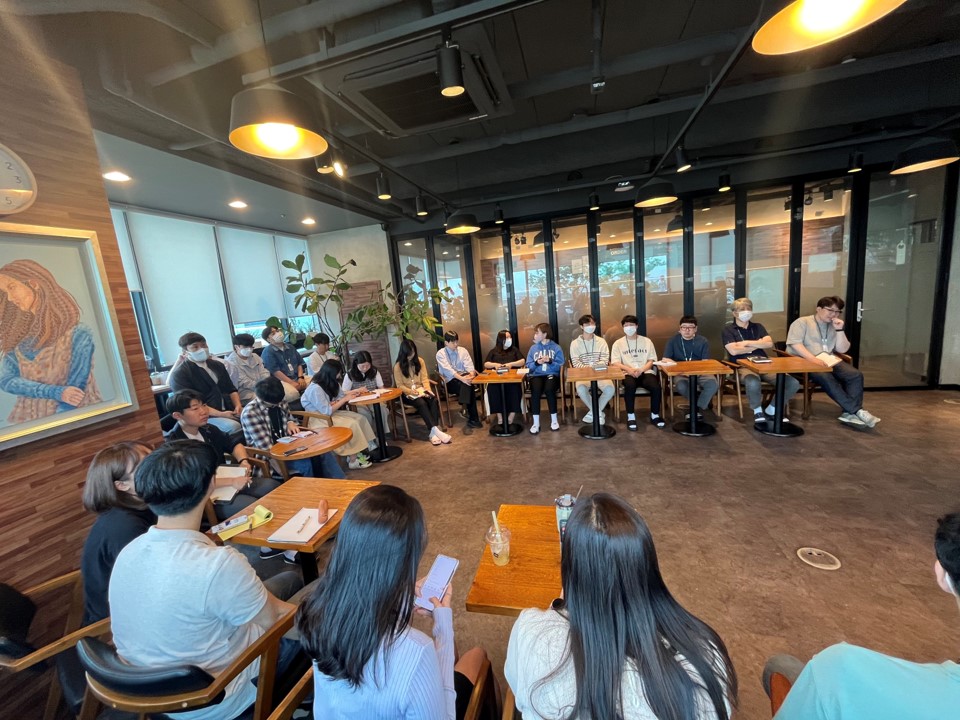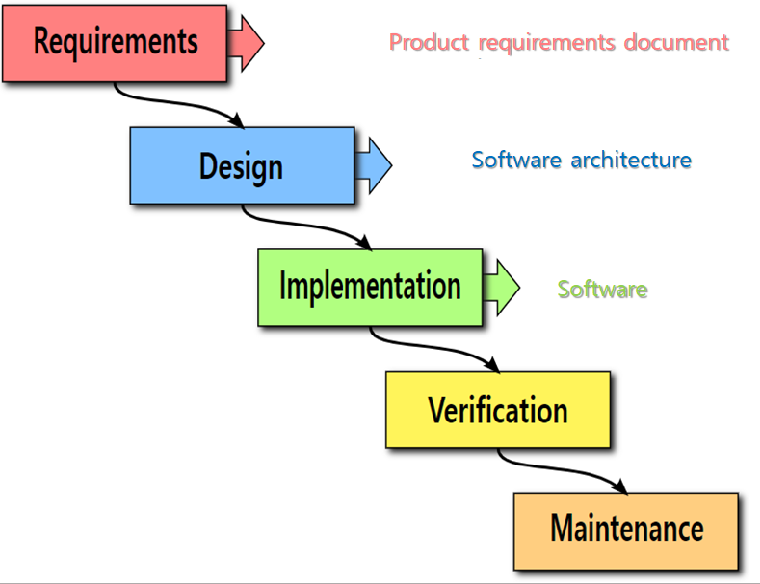Smart Quality Management Practice 2
The ‘Quality Innovation SBU’ conducted the 2nd training for robust quality management. Initially, an internal survey was directed towards all employees to gauge perceptions of YoungLimWon Soft Lab’s (hereinafter referred to as YLW) products and quality management. The survey’s findings are detailed below:

What do you think YLW’s software quality is?
– YLW’s product packages garnered widespread commendation.
– Praises specifically highlighted the product’s excellence in meeting requirements, its commendable QA process, and the deployment procedure.
– To further enhance the product package’s quality, suggestions encompassed refining documentation and facets concerning product speed and performance.
– A recurrent theme in quality management was the emphasis on the standardized quality control process.

‘Quality Innovation SBU’ agreed upon the following specific quality control measures:
[Screen Help Improvements]
– Outline the prerequisites pertinent to the setup.
– Enumerate key features and furnish detailed explanations for each.
– Draft in alignment with the YLW Writing Guide.
[Screen UI/UX]
– Synchronize with the latest trends in collaboration with the UX Design WorkGroup.
– Conduct a meticulous review for a user-friendly screen UI/UX.
[Speed/Performance Training]
– Collaborate with DBAs to inaugurate speed/skill training sessions.
[Change Log Per Screen]
– Offer a dedicated page to review the change history for every screen.

The waterfall development model in the past had the advantage of being immersed in the task due to functional role assignment and sequential flow of tasks. However, since one step must be completed before moving on to the next step, testing is possible only after development is completed, so the role of QC was focused only on improving defects. In addition, the waterfall model has disadvantages such as high communication cost due to movement between stages and mutual aversion due to role-specific egocentrism.
Planner ⇔ Developer ⇔ QC
Especially since QC’s job is to point out mistakes, it’s easy for other departments to dislike them.
Recently, the DEV OPS development methodology has been widely spread according to changes in the development environment and organizational culture. As collaboration is emphasized rather than mutual check, ‘QA’ is becoming more important than ‘QC’.
Finally, let’s delve into distinguishing QA (Quality Assurance) from QC (Quality Control), a topic that arouses curiosity for many. ‘QC’, which stands for Quality Control, entails managing product quality up to a certain benchmark. Its primary focus rests upon the product’s functionality. In contrast, ‘QA’, representing Quality Assurance, encompasses activities designed to instill confidence that the set quality requisites are fulfilled. While ‘QC’ aims to rectify product or service defects, ‘QA’s objective lies in precluding defect recurrence. Consequently, QA is intricately linked to the process. Given that proficient processes culminate in superior products, ‘QA’ is grounded in ‘QC’ activities but has a wider scope.




